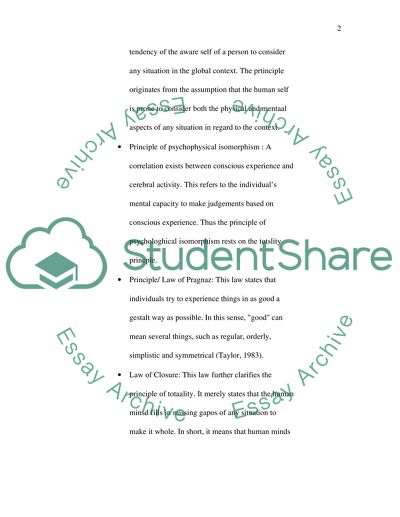Cite this document
(“Gestalt Therapy: A Critique Essay Example | Topics and Well Written Essays - 3000 words”, n.d.)
Retrieved from https://studentshare.org/psychology/1528600-gestalt-therapy-a-critical-analysis
Retrieved from https://studentshare.org/psychology/1528600-gestalt-therapy-a-critical-analysis
(Gestalt Therapy: A Critique Essay Example | Topics and Well Written Essays - 3000 Words)
https://studentshare.org/psychology/1528600-gestalt-therapy-a-critical-analysis.
https://studentshare.org/psychology/1528600-gestalt-therapy-a-critical-analysis.
“Gestalt Therapy: A Critique Essay Example | Topics and Well Written Essays - 3000 Words”, n.d. https://studentshare.org/psychology/1528600-gestalt-therapy-a-critical-analysis.


